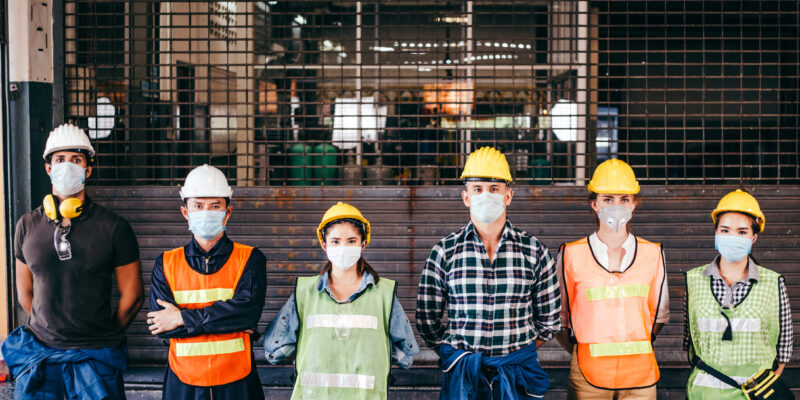The COVID pandemic continues to have far-reaching ripple effects on the economy and every part of society, including construction.
Just last month, the US Bureau of Labor Statistics released their July 2021 report, showing another 0.6% increase in the price of construction materials. In Vermont alone, there were “double-digit percentage increases in the selling prices of materials used in every type of construction” compared to this time last year. For example, “the producer price index for steel mill products more than doubled from July 2020 to last month, leaping 108.6 percent.”
In addition to the raw materials, pandemic backups and price hikes are affecting transportation and fuel costs, further adding to high end prices across all of construction.
These commodities come from all across the world, where many countries still face serious pandemic delays. David Fultz, Senior Vice President of TDIndustries, reminds people to consider the multifaceted and far-reaching requirements of every construction project:
“South America is still in the middle of the pandemic, which creates tremendous disruptions in mining that stresses the supply chain. Additionally, it’s a lot harder to get our hands on international products due to import/export disruptions. Weather is another significant factor.”
Unpredictable weather in particular can ruin inventory and put manufacturers way behind. When already faced with pandemic limitations and struggles, suppliers are finding it harder than ever to bounce back, leading to massive shortages and delays across the world.
While only time can help us get past the pandemic, there are some actions we can take now to alleviate the pressure on the industry. The Associated General Contractors of America, for example, have urged President Biden to remove current tariffs and quotas on essential construction materials like steel and lumber.
“These tariffs and quotas are artificially inflating the cost of many key materials and doing more damage to the economy than help,” said Stephen E. Sandherr, the Association’s Chief Executive Officer.
No matter the answer, there’s no doubt that we’re not through this yet. Until the pandemic has quieted down across the world and manufacturers are able to recover, construction materials pricing will continue rising, making projects more expensive.
To read the Associated General Contractors of America Inflation Alert, click here.
For more details on specific materials cost rates and trends, visit YieldPro.com.



